
1 - Milan, the capital, one of the most important cities in Italy
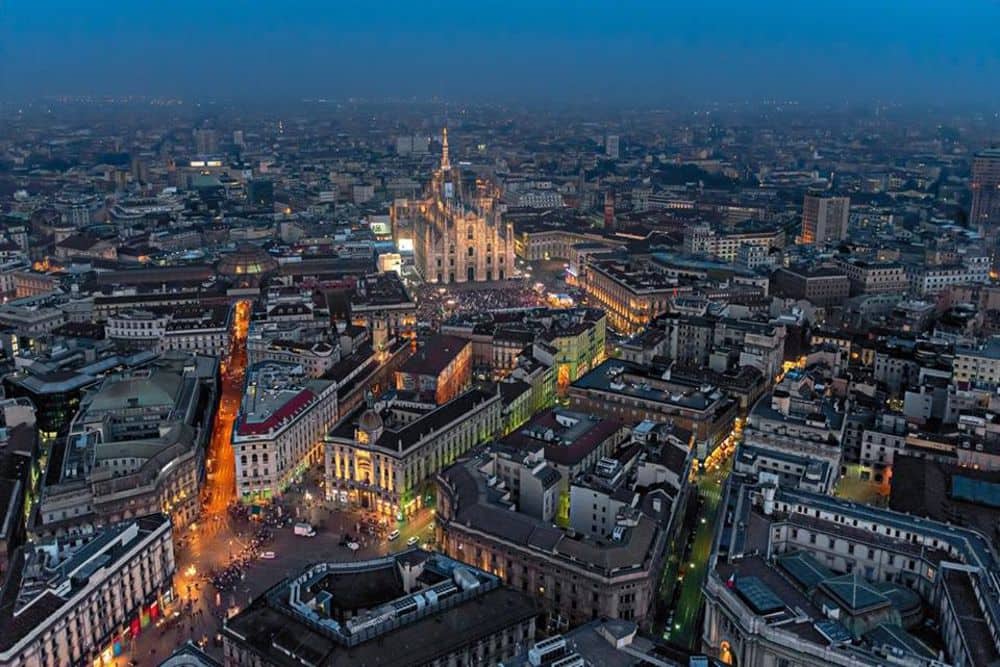
2 - The Charterhouse of Pavia, one of the most important religious monuments in Lombardy

3 - Monte Isola, the pearl of Lake Iseo
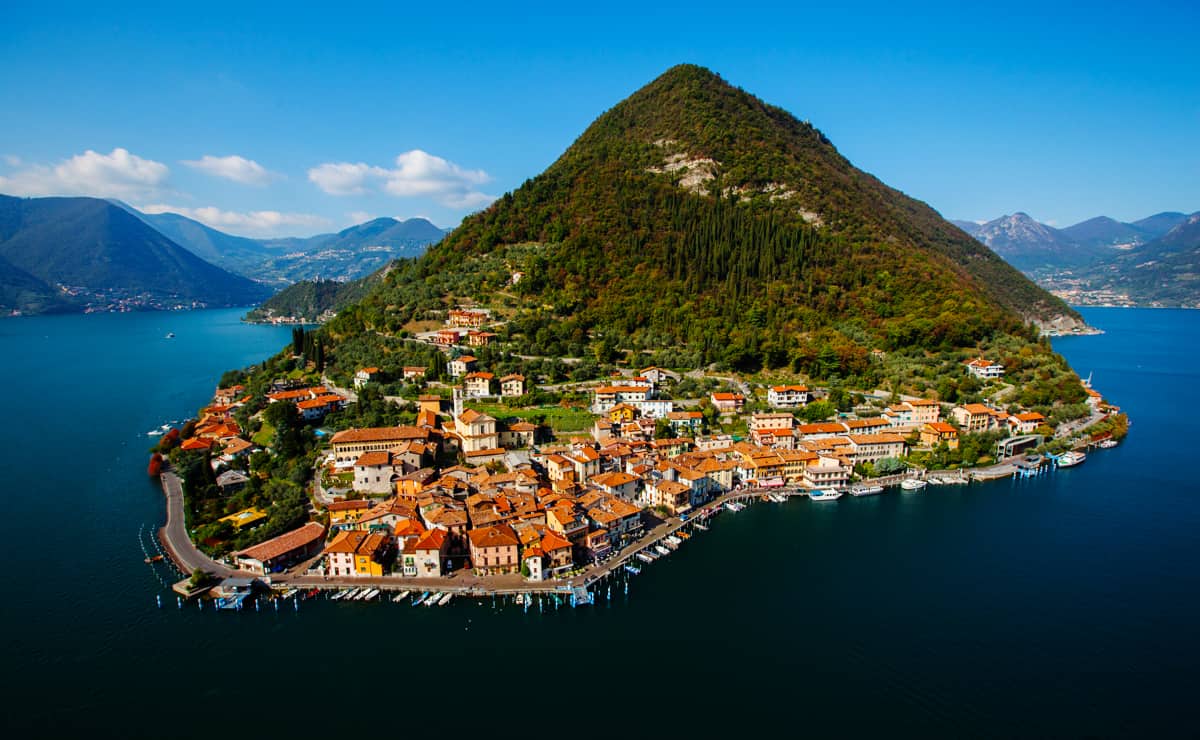
Monte Isola boasts many places of interest: the island is attested by the presence of villas from Roman times and, in the past, the island has also hosted a pagan temple. Today, one of the main attractions is the Sanctuary of the Madonna della Ceriola, located on top of the mountain overlooking the island.
4 - Villa Erba, Cernobbio: the most beautiful villa on Lake Como
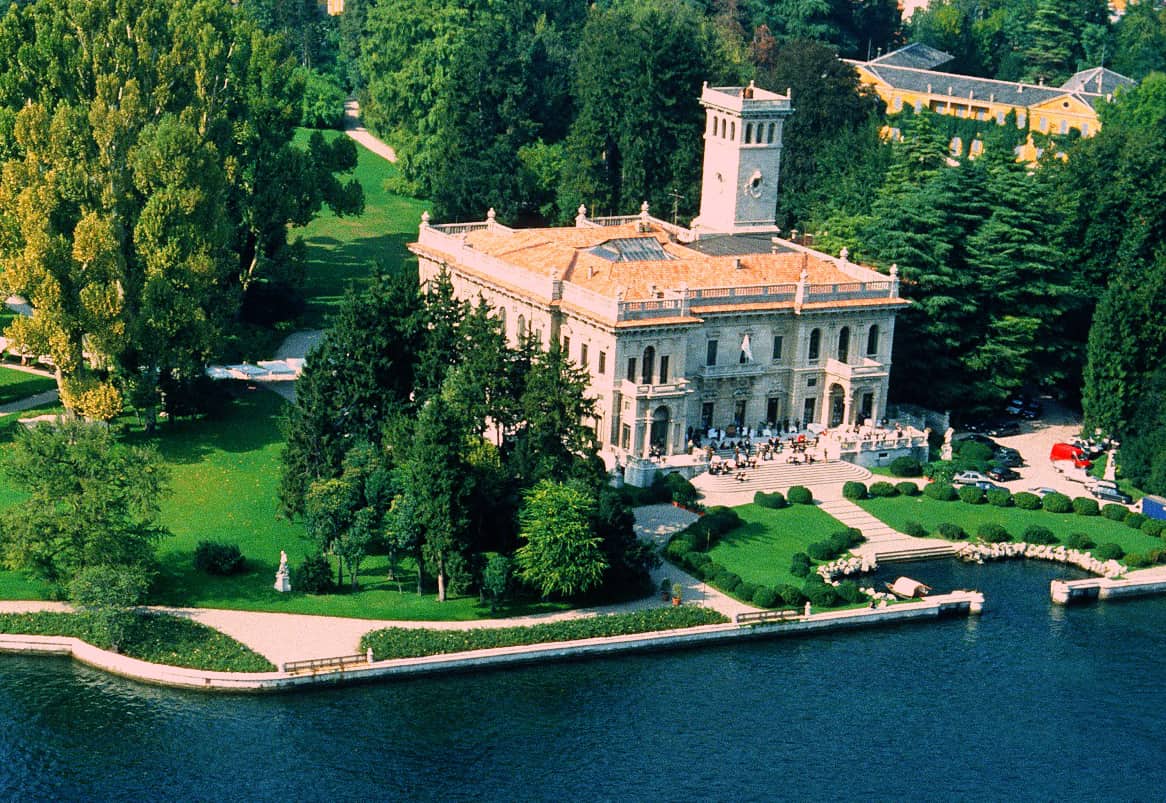
The fame of Villa Erba is also due to its location in Cernobbio, a town located on the shores of the beautiful Lake Como considered as a renowned international tourist resort.
5 - Desenzano del Garda, a must-see destination on the shores of the lake
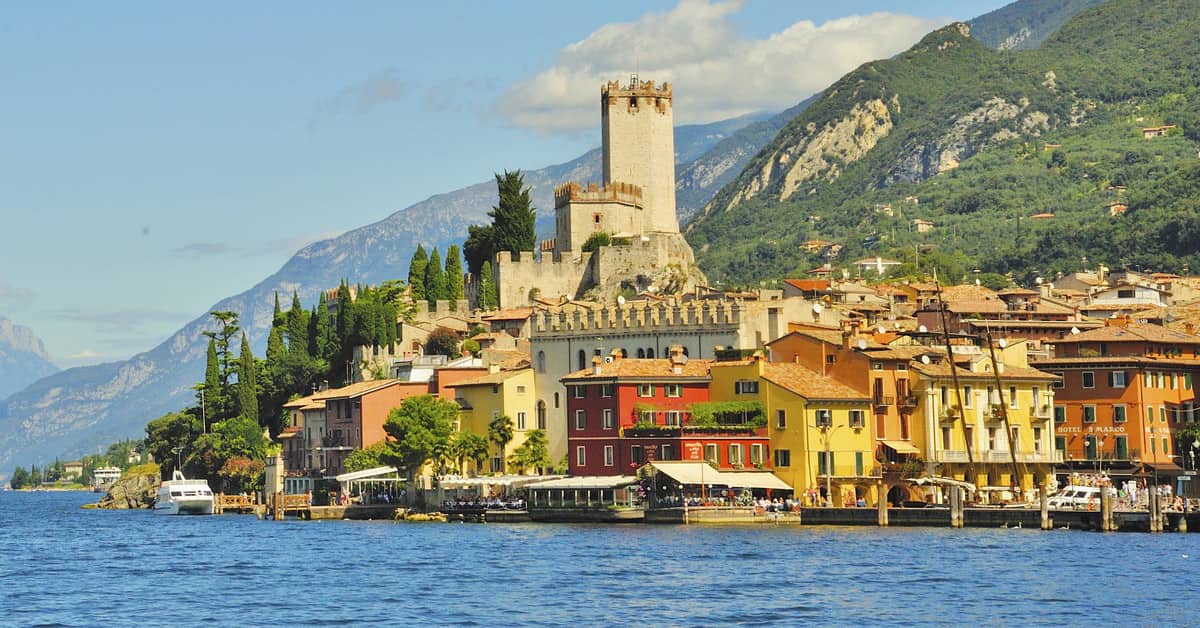
Desenzano is a must for those who want to spend time on the shores of Lake Garda and also offers its visitors a number of monuments and places of interest: the Cathedral of Santa Maria Maddalena or the Cathedral of Desenzano del Garda, where you can admire the Last Supper of Tiepolo, the Castle of Desenzano, a beautiful fortress that stands on the town, and the Roman villa of Desenzano sul Garda.
6 - Mantua, the city that overlooks 3 lakes
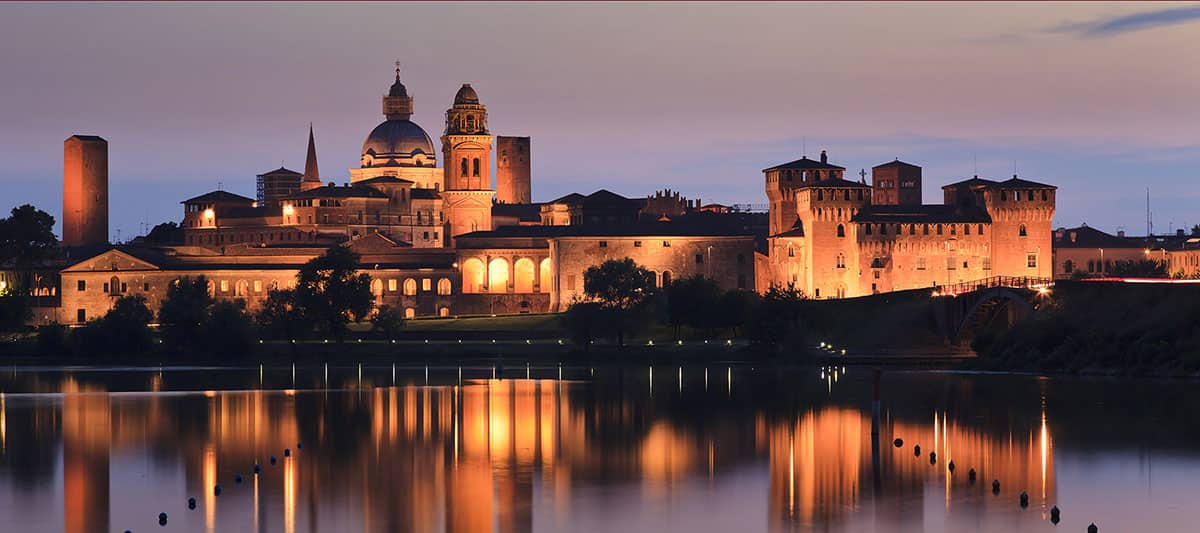
In Mantua, in fact, you can come across beautiful monuments such as the Ducal Palace, with its famous Camera degli Sposi, decorated with frescoes by Mantegna, and the Palazzo Te, with its Sala dei Giganti.
7 - Val Camonica: nature, rupestral art and ancient finds
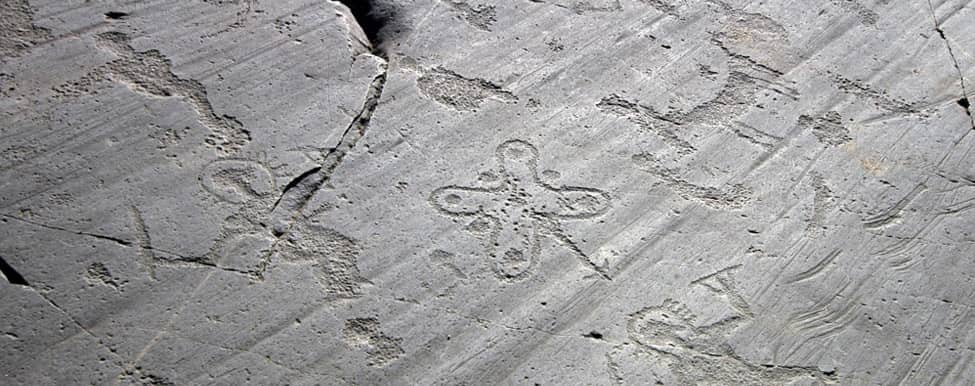
The rock inscriptions in Val Camonica date back to various periods starting from the Mesolithic and are distributed in eight archaeological theme parks dedicated to petroglyphs. The most famous inscription is, without doubt, the Camusa Rose, today the symbol of the Lombardy Region.
The Camonica Valley also offers natural and artistic attractions that go beyond rock art: traveling through the Camonica Valley you can think of reaching the shores of Lake Iseo and Lake Garda and near the latter you can visit the Vittoriale degli Italiani, where the famous poet Gabriele D'Annunzio also stayed.
8 - Franciacorta, the land of sparkling wine
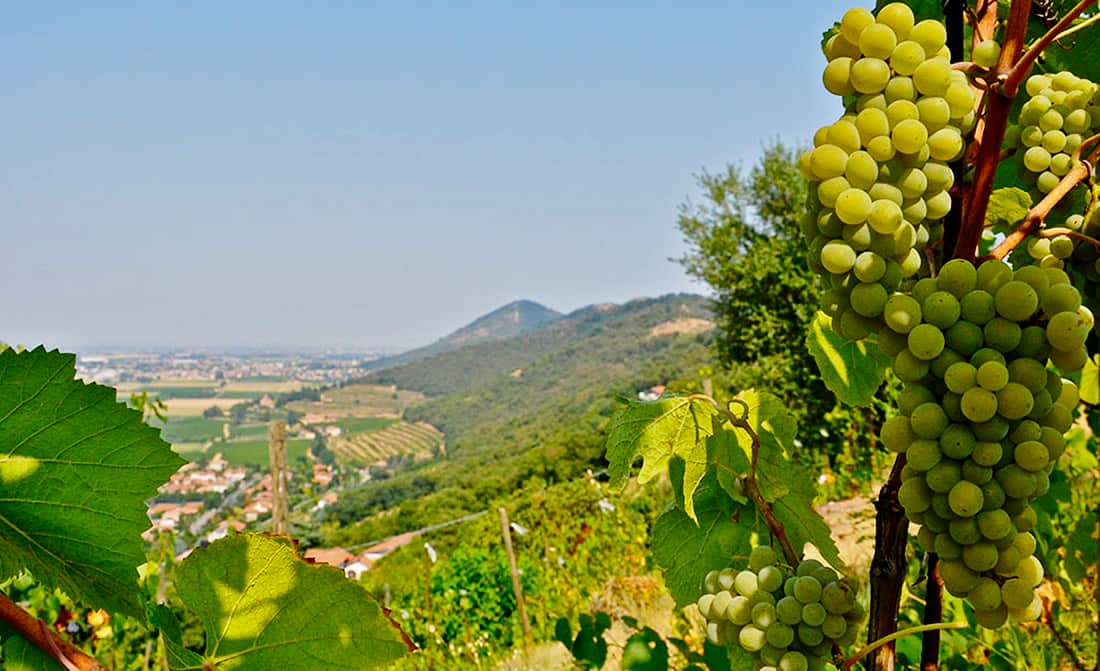
This is a predominantly hilly area that has always been dedicated to the production of wine, the first traces of vineyards, in fact, date back to prehistoric times. The wine culture has led to the development of a great tourism linked to wine and haute cuisine in this area, but there are also attractions and experiences for nature lovers, such as the Nature Reserve of Torbiere del Sebino.
9 - Abbey of Chiaravalle and Morimondo
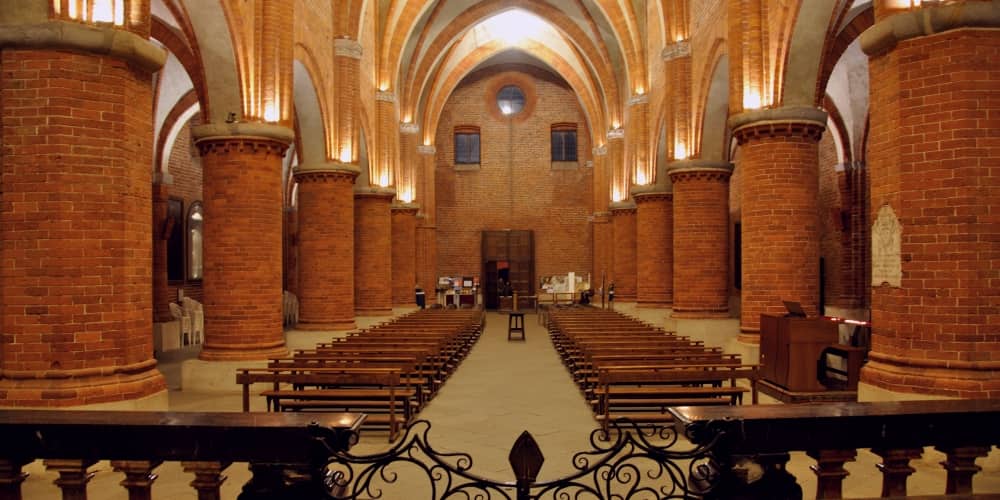
The Abbey of Chiaravalle was founded in 1135 by San Bernardo di Chiaravalle and was subsequently modified during the Renaissance period. Always a central place in the spirituality of the Milanese people, it is also famous for the majestic works of art it houses.
The Abbey of Morimondo is one of the oldest in Italy and the oldest in Lombardy and yet, due to some vicissitudes linked to its construction, deviates from the style of that period already showing a Gothic taste. Even the Renaissance and Baroque, afterwards, did not affect the clean and essential style.
10 - Bernina Red Train: tour from Italy to Switzerland through the landscapes of the Alps
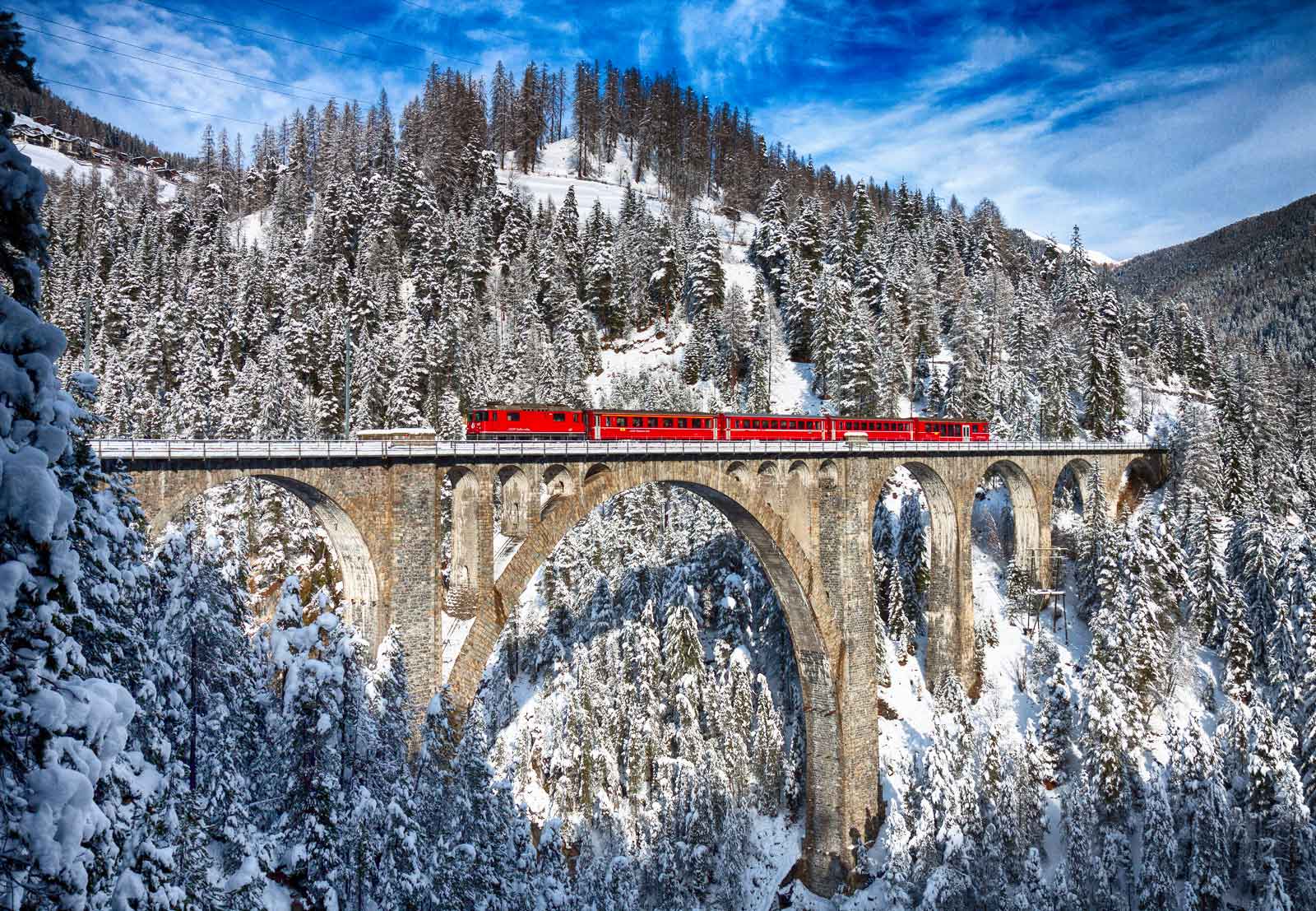
Among them, the stop of Morteratsch stands out, which will allow you, going down for a stop, to visit the homonymous Glacier of Morteratsch.
About the author
Written on 08/11/2019



Redazione Visit Italy
What to see in Lombardy? It's not an easy question to answer. We are talking about one of the largest regions of Italy by extension, which, for this reason, offers its visitors a wide variety of beautiful landscapes.